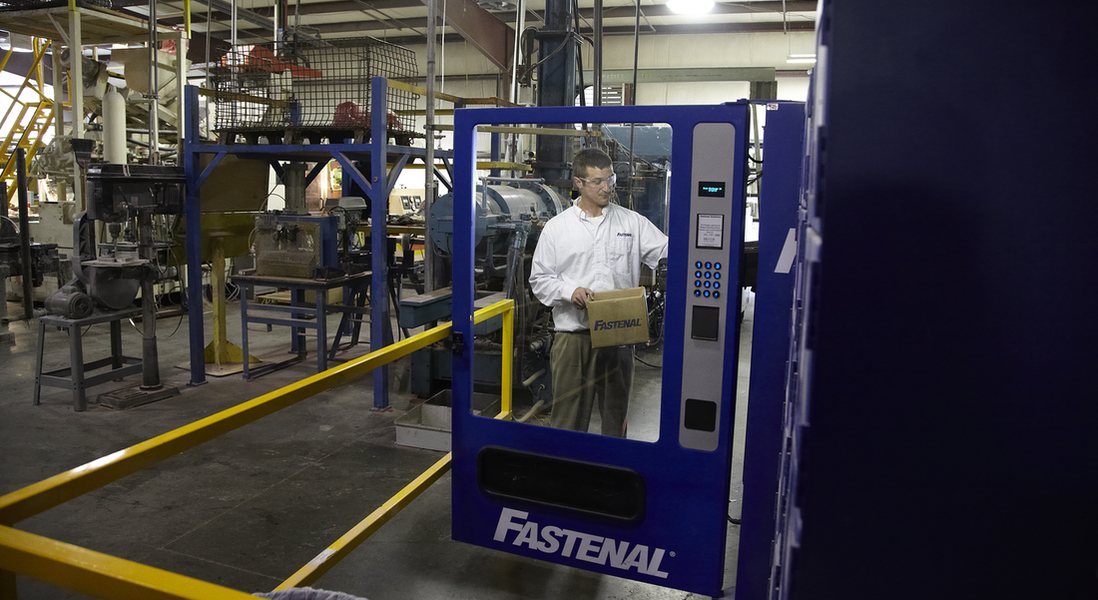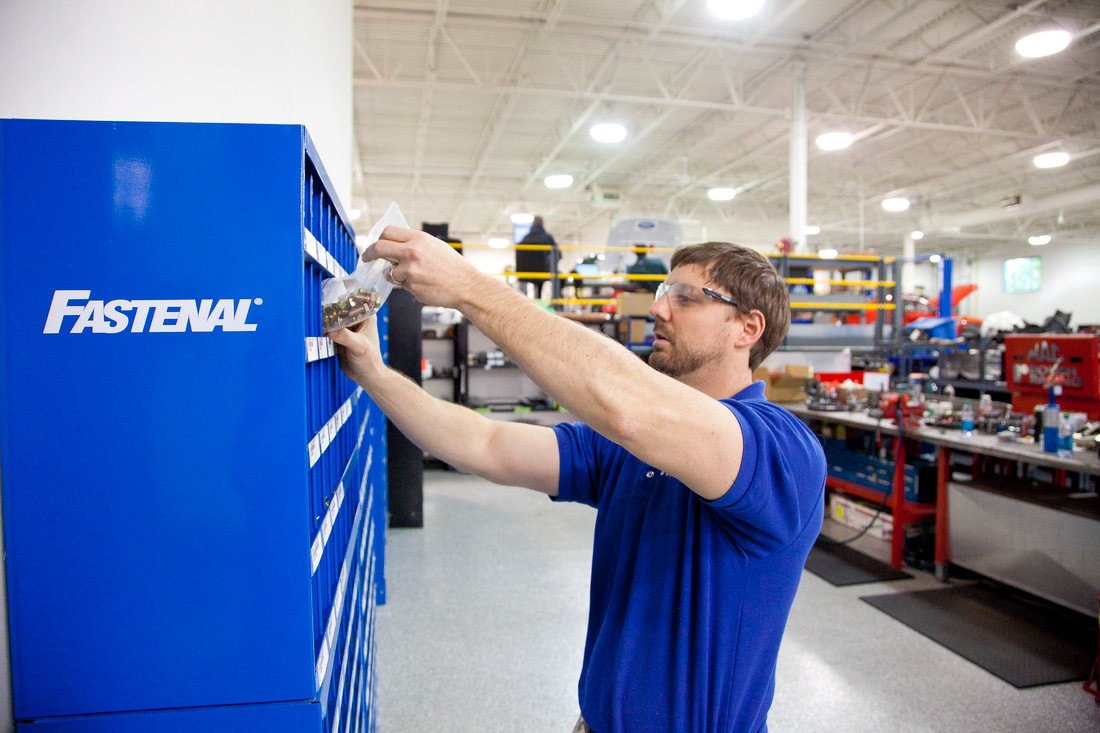Sustainability serves your bottom line (and the environment)
Updated May 5, 2023
By Dave Olson, CSP®, REP® | Corporate EHS & Sustainability Director
By Dave Olson, CSP®, REP® | Corporate EHS & Sustainability Director
|
Supply chain emissions, for an average company, are 5.5 times greater than direct emissions according to CDP. When thinking about sustainability, common areas to focus on are purchased goods and services, transportation of goods, and waste generated in operations. Why think about these? Focusing on the supply chain in addition to your operations can have a huge effect on both the environment and your organization’s profitability.
A great way to think about this is through the use of the concept of Reduce, Reuse, and Recycle. REDUCE Reduce consumption of materials: Vending technology, VMI, Lean mapping, and EDI are all ways that organizations can reduce their consumption. Measuring and understanding this environmental impact can identify value that benefits both the environment and the bottom line. Reduce your impact by using environmentally certified products. Materials and products that have a third-party environmental certification are shown to have a number of qualities that benefit the environment. Throughout the life of the product and at the end of the product lifecycle. Reduce upstream emissions by using SmartWay Certified Carriers that optimize shipping routes. Fuel consumption is a big contributor to both emissions and costs – using a company that owns and controls their own fleet can mean better service and a lower carbon footprint. Reduce the need for multiple suppliers and vendors. Consolidating service providers and vendors can create additional efficiencies from improved logistics, reduced shipping materials, less administration, and a smaller waste footprint. Depending on the number of vendors and service providers you can streamline, this can be a significant benefit to the environment. Reduce energy consumption by technology upgrades and regular maintenance of equipment. Focusing on equipment that consumes electricity and fuel represents a great opportunity to consume less. Everything from lighting upgrades to proper maintenance of HVAC systems are simple ways to make an immediate impact to fuel and energy use. Reduce water consumption by improving water-limiting technology and also by modifying behaviors and processes. For organizations that consume a lot of water in their operations this can make a significant impact. Even for organizations that don’t use a lot of water – it may take very little effort to make a big difference. REUSE Extend the life of materials you consume by reusing them more than once. Supplies that aren’t needed by the organization don’t have to be sent to the landfill or recycled. In some cases they can even be collected and used in a different application or donated. Examples are things like
Support reuse efforts by making better purchasing decisions. It doesn’t always make sense to buy the cheapest products if they come at a lower quality. Consider the total cost of procuring, managing, using, and disposing of materials. Procuring high-quality products that last longer (or can be reused) will also save on waste management costs and create efficiencies from easier inventory management while benefiting the environment by not adding to the amount of overall waste. Substitute or change processes: Instead of having materials and products shipped in multiple layers of cardboard and plastic packaging – work with your suppliers to see where it makes sense to use totes or plastic bins. These containers can be used over and over but also reduce the need to manage additional waste. RECYCLE From a supply chain standpoint, any opportunity we have to re-introduce used materials into the system helps to prevent new ‘raw’ materials from entering. This mindset keeps the consumption of our limited resources low which benefits all organizations. Develop key partnerships to support your recycling efforts. Many organizations have multiple ways to support these efforts for a variety of materials and products. These efforts can not only reduce the amount of waste sent to the landfill but also reduce operating costs and support the community. Evaluate the products you use and see which ones can be substituted for materials that use recycled content. There are multiple EPA-certified products that include recycled content. Using these products can help lower everything from emissions to waste. Next steps Understanding your current supply chain will allow you to make the best changes for both your organization and the environment. If you would like to know more about what supply chain solutions are available and how they can help you specifically, fill out the form on our page and we’ll help you get started. You may also like: Vertical Divider
|
Find More Help Online
Fastenal.com can help you pick products that promote sustainability through the following.
Start switching to sustainability today! Use Recycling Programs Looking for ways to recycle items like ink cartridges? We can help! Like what you're seeing here? Subscribe to the Blue Print for FREE and get the magazine sent right to your address.
|




